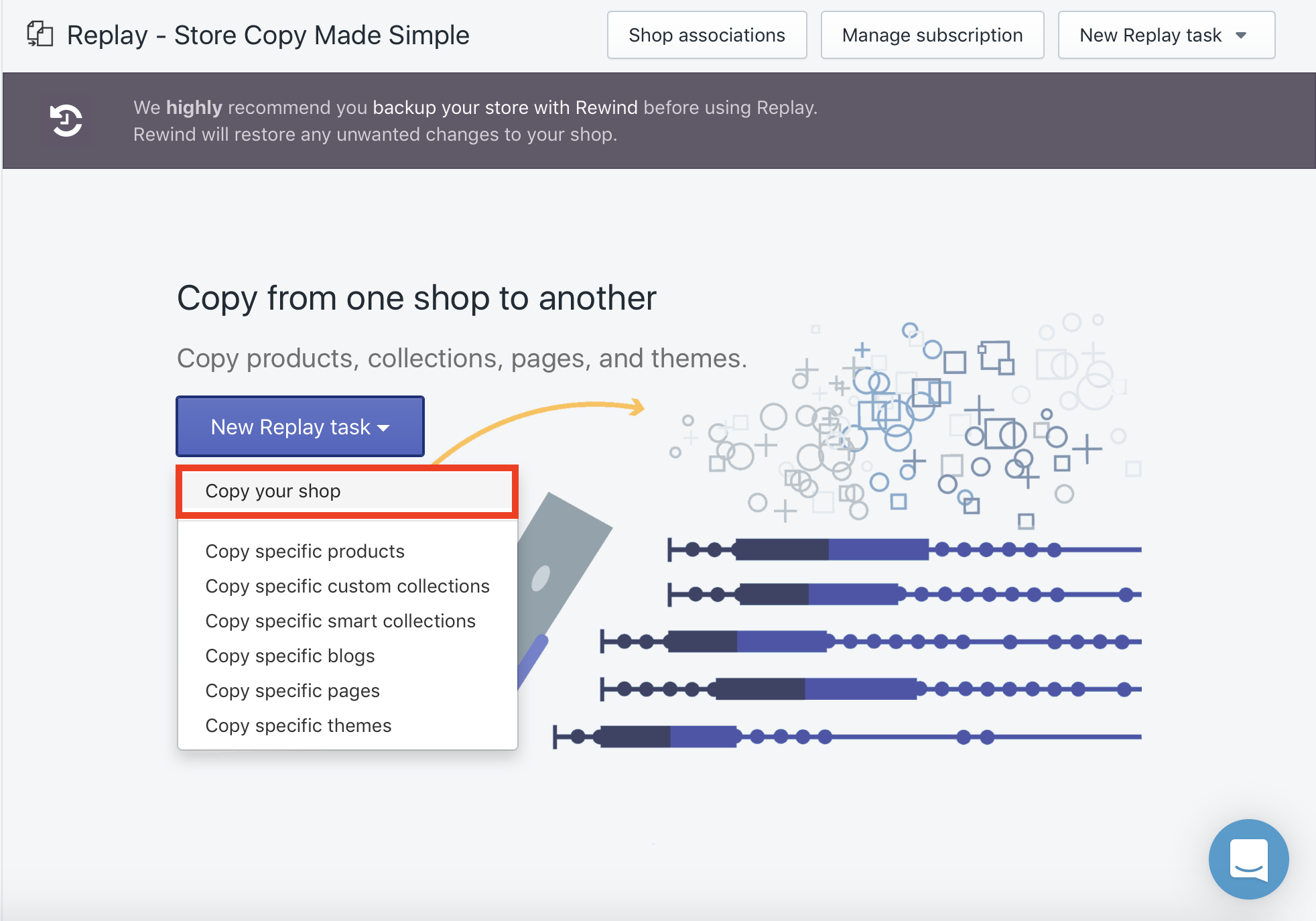Introduction
In today’s digital age, having an online presence is crucial for businesses of all sizes. Shopify, a leading e-commerce platform, offers a user-friendly solution for creating and managing online stores. Sometimes, you might come across a Shopify website that inspires you and think, “How can I create something similar?” This article will guide you through the process of copying another Shopify website, ensuring you do it ethically and effectively.
Table of Contents
- Understanding the Legal and Ethical Aspects
- Research and Identify the Target Website
- Choose the Right Tools and Resources
- Analyzing and Documenting the Website Structure
- Backing Up Your Own Shopify Store
- Copying the Website Content
- Customizing and Personalizing the Content
- Ensuring Mobile Responsiveness
- SEO Considerations
- Testing and Quality Assurance
- Legal Compliance
- Launching Your New Website
- Post-Launch Maintenance
- Monitoring and Analytics
- Conclusion
Understanding the Legal and Ethical Aspects
Before diving into the process of copying a Shopify website, it’s essential to understand the legal and ethical implications. Copying someone else’s website without permission can lead to legal consequences. Always ensure you have the right to use the content, images, and design elements you intend to copy.
Research and Identify the Target Website
Start by identifying the Shopify website you want to emulate. It’s essential to choose a website that aligns with your business niche or goals. Analyze what makes that website successful and how you can replicate its features and functionalities.
Choose the Right Tools and Resources
To copy a Shopify website effectively, you’ll need the right tools and resources. Consider using website scraping tools, design software, and e-commerce plugins that can help you recreate the desired website.
Analyzing and Documenting the Website Structure
Before you begin copying the website, create a detailed structure of its pages, categories, and navigation. This roadmap will guide you throughout the copying process, ensuring you don’t miss any essential elements.
Backing Up Your Own Shopify Store
It’s crucial to back up your existing Shopify store before making any significant changes. This ensures that you can restore your store to its previous state if anything goes wrong during the copying process.
Copying the Website Content
Now comes the actual process of copying the website content. Transfer text, images, videos, and other media while ensuring you maintain the original quality. Pay attention to details like font styles, colors, and spacing.
Customizing and Personalizing the Content
While copying, don’t forget to add your unique touch to the content. Customize the images, texts, and branding elements to align with your brand identity.
Ensuring Mobile Responsiveness
In today’s mobile-driven world, it’s crucial to ensure your copied website is responsive on various devices. Test its functionality on smartphones, tablets, and desktops to guarantee a seamless user experience.
SEO Considerations
Optimize your copied website for search engines. Conduct keyword research, optimize meta tags, and create SEO-friendly URLs to improve your website’s visibility on search engine results pages.
Testing and Quality Assurance
Thoroughly test your copied website to identify and fix any issues or bugs. Ensure that all links work correctly, forms are functional, and the website loads quickly.
Legal Compliance
Double-check that you’re complying with copyright laws and respecting the intellectual property of the original website. Seek legal advice if necessary to ensure you’re on the right side of the law.
Launching Your New Website
Once you’re satisfied with your copied website, it’s time to launch it. Make the necessary DNS changes, set up hosting, and monitor the site closely during the initial launch phase.
Post-Launch Maintenance
Your work doesn’t end with the launch. Regularly update and maintain your website to ensure it stays current, secure, and functional.
Monitoring and Analytics
Implement tracking tools and analytics to monitor the performance of your copied website. Analyze user behavior and make improvements based on data-driven insights.
Conclusion
Copying another Shopify website can be a challenging but rewarding endeavor. By following the steps outlined in this guide, you can create a website that emulates your inspiration while adding your unique flair. Remember to always respect legal and ethical boundaries throughout the process.




